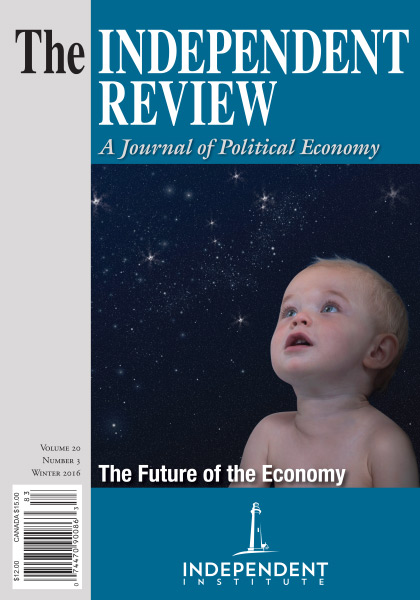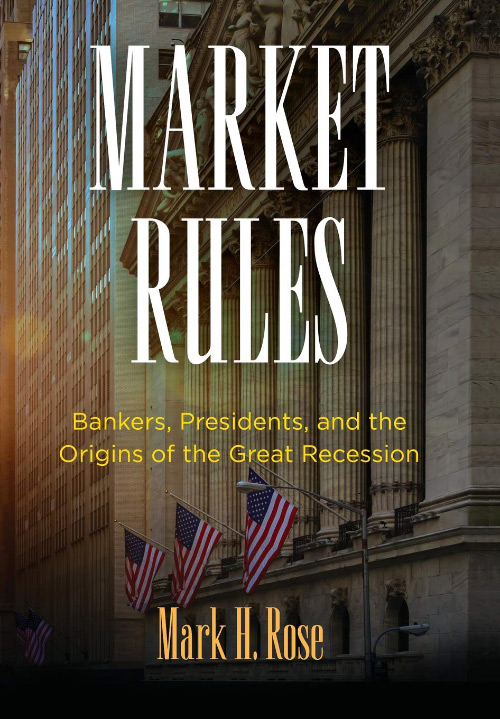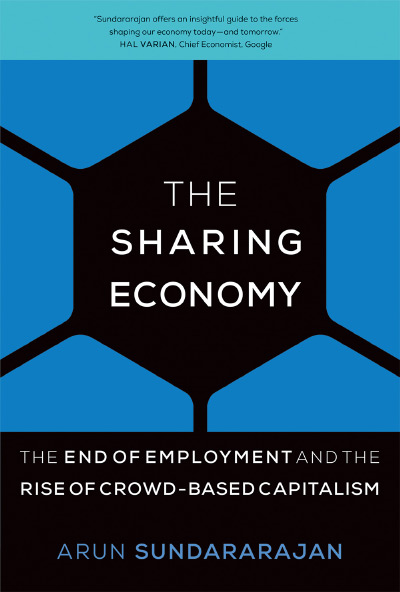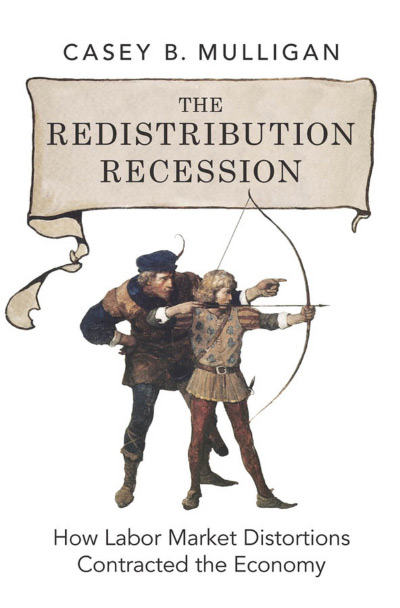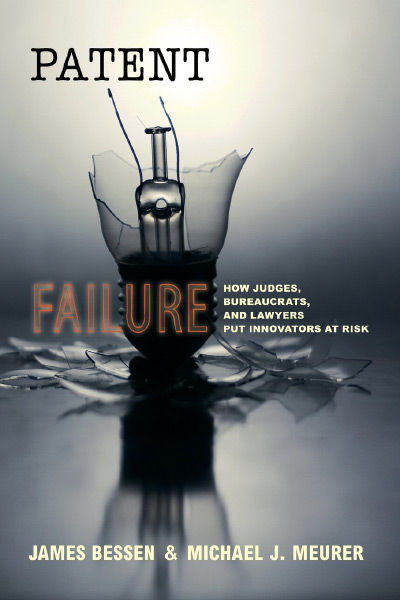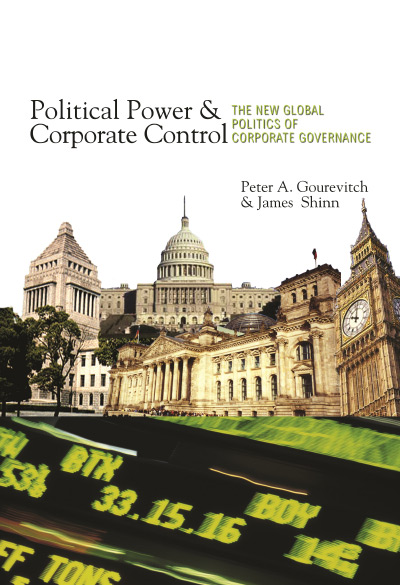I am not generally a fan of “How I Did It” (call them “HIDI”) books by entrepreneurs or successful leaders. One of my favorite Scott Adams cartoons has Dilbert hearing that a dome-headed CEO has “30 principles for success.” Dilbert turns to Wally and says, “So he has no clue what success is, or what causes it.”
Quite a few HIDI books reveal that the author really does have no clue. Imagine that you hear that someone won the lottery and now has $100 million. Would you go ask that person to describe her “rules” for choosing that winning number? You might hear something like, “Well, the first two numbers were my dog’s birthday, and the last three numbers were my locker number in the ninth grade.” The person isn’t lying; that is how she picked the winning number. But there is nothing in her success that generalizes or offers anyone else information on how to replicate that success. It was luck. “Be very, very lucky” is a fortune cookie, not business advice.
Fortunately, John Allison’s The Leadership Crisis is not really an HIDI book at all. From the outset, it diagnoses a problem with the rebellion against materialism as simply a dullness of spirit. Saying that one doesn’t want to be governed by an obsession with possessions is one thing; insisting that one should put aside ambition and achievements in the material world is something else. You may not agree with all the claims Allison makes (he claims that monks aren’t happy because you can’t be truly happy unless you are “in the game and playing hard” [p. 4]). Happiness is out there, but it must be pursued, and it has a big head start. You’d better get a move on.
Allison’s conception of a “leader” is broad. Almost anyone can be a leader. In fact, only people who work to become leaders can be happy. But “leadership” is not the ability or even the desire to order other people around. Rather, a leader is someone who has a plan, a mission that lies at the conclusion of a process of reasoned reflection. Allison organizes this process into five steps. Here is the way I would paraphrase those steps:
- Who can you be, and why do you want to be that? What is your vision?
- What is your purpose, your personal mission for yourself and the organization you are part of?
- What are the fundamental values necessary for human flourishing? These values are objective products of reason, defined not in terms of the obligations of others but in terms of the achievements of the individual who is expressing the values.
- What is your strategy for turning your vision and your purpose into real accomplishments, consistent with your values?
- What processes can you create for feedback, coaching, and self-awareness that reinforce success and point out failures and the causes of failures? You must hold others (and yourself) responsible for failures and reward excellent contributions and performance.
Two aspects of Allison’s argument deserve further discussion here. The first is his notion of self-interest. If you have ever heard him give a speech, you will have heard his very useful distinction between selfishness and self-interest. Many critics of capitalism decry the selfishness they see in short-run maximizing and sharp bargaining practices. Allison doesn’t deny that there are those who use such tactics, but he points out that such fourberie is actually self-destructive rather than self-interested. A reputation for devious dealings harms your reputation and limits your likely set of clients. Worse, a destructive attitude toward deal making ensures that your partners don’t survive long enough to have much of a business relationship with you in the first place.
Successful leaders create value for constituencies, which for Allison fall into four categories: clients, employees, communities, and shareholders. The paradox and the downfall of many companies who hire managers rather than leaders as CEOs are that the attempt to “make money” actually prevents the creation of value for any of these core constituencies, whereas a focus on the organization’s core vision and purpose ensures that the constituencies will also be served as a consequence with very little additional effort. It is obvious why, in Allison’s words, his real purpose (at BB&T Bank) “is to help our clients be financially successful and economically secure, and when we do this well, we can make money for our stockholders” (p. 17).
Allison’s own story of his career choices, especially early on when he chose a college (University of North Carolina at Chapel Hill) and a major (business administration) largely because UNC was cheaper but lacked an engineering specialty, makes it sound as if his advice on “purpose” is a bit hypocritical. But as he himself realizes, the actual story has more to do with his focus on achieving excellence in whatever activity he was engaged in. Yes, there may have been some idiosyncrasies (if he had gone to an engineering school, he might have led a manufacturing firm instead of a bank, for example), but the broad outlines of his path were dictated by his talents, his personality, and his particular vision of the satisfactions of achievement.
Perhaps the key concept in the book is Allison’s argument for the rehabilitation of the notion of selfishness. I already mentioned this point, but it is worth considering a little more carefully. He notes that the meaning of the term selfish has come to be “overly self-focused” (p. 91), which he claims implies an immediate contradiction. I checked out Merriam-Webster’s Dictionary, and Allison is quite right. It has this definition: “concerned excessively or exclusively with oneself: seeking or concentrating on one’s own advantage, pleasure, or well-being without regard for others.”
Allison’s point is that a rational person would never act this way, even if he were interested primarily in his own welfare. Rational self-interest, properly understood, would imply that one would pursue the steps outlined in the book or some other strategy for ensuring that gains from exchange and cooperation would be increased, now and in the future, both for me and for the other people with whom I exchange and interact.
I think that Allison missed an opportunity here to connect this insight—which is quite correct—with the burgeoning literature on cooperation as an emergent property of repeated games in experimental settings. In his book The Evolution of Cooperation (New York: Basic Books, 1984), Robert Axelrod both predicted and found experimentally in his famous “tournament” that even the most selfish agents would cooperate out of pure self-interested rationality in a setting of repeated interaction with other identifiable agents.
Even before that, various versions of the “folk theorem” in game theory predicted that selfish agents in indefinitely repeated confrontations with other selfish agents would cooperate. More technically, in a strategic setting in which both (all) participants are “patient” (have reasonable discount rates for the future instead of focusing solely on the short run), even repeated prisoner’s dilemma games have cooperative equilibria (see, for example, Roger Myerson, Game Theory: Analysis of Conflict [Cambridge, Mass.: Harvard University Press, 1991]). Furthermore, humans who find themselves in these settings (with the possible exception of economics grad students) actually do cooperate.
The “agents” in such stylized models are far more narrowly selfish than any real human being is likely to be. Yet we still predict and observe cooperation and mutual benefit in exchange settings. Thus, people don’t need to be told to be good or altruistic or to care for others. The institutional structure of a market economy induces selfishness to be expressed as cooperation, provided the basic structure of the interaction includes property rights, entitlement to profits earned as a result, and a smoothly functioning system for writing contracts and adjudicating disputes. That is, the institution of capitalism reconciles self-interest and cooperation.
To be sure, Allison makes this argument very clearly in the sense that he claims that this approach to “rational self-interest, properly understood,” is what good leaders do. My objection is only that one might go further: the special genius of capitalism is that it makes rational cooperators even out of bad people, people who otherwise might actually be selfish in the pejorative sense if they lived under socialism.
Where Allison’s book shines, however, and where it stands head and shoulders above the usual HIDI “I won the lottery” story is that there really is an approach here that would work for the individual who wants to be an effective leader. And given Allison’s plausible diagnosis of a “leadership crisis,” the book is all too timely.
MICHAEL C. MUNGER Duke University
| Other Independent Review articles by Michael C. Munger | ||
| Fall 2024 | Tax Turmoil: A Dia Fenner Economic Thriller | |
| Fall 2024 | Retrieving Liberalism from Rationalist Constructivism, Volume I; Retrieving Liberalism from Rationalist Constructivism, Volume II | |
| Fall 2024 | The Dispersion of Power: A Critical Realist Theory of Democracy | |
| [View All (83)] | ||

